The introduction of steep U.S. tariffs has significantly altered the landscape for India’s economic ambitions, unsettling a strategy that had sought to position the country as a key global manufacturing hub and a preferred destination for multinational companies seeking supply chain diversification.
The 50 percent tariffs, announced by Washington, immediately impacted American companies that had invested heavily in India. Many of these firms had shifted part of their supply chains into India under the “China Plus One” strategy, designed to reduce dependence on a single country for manufacturing. With the new tariffs in place, executives and policymakers in both New Delhi and the United States are working to assess how supply chains and trade flows will be reconfigured.
Supply Chain Shock
India’s efforts to market itself as a competitive alternative in global manufacturing have faced a setback. The higher tariffs make India less attractive for U.S. importers compared with other countries in Asia and Latin America, such as Vietnam and Mexico, which continue to offer more favorable trade terms.
Although a recent U.S. court ruling questioned the legality of the tariffs, the measures remain in effect during an appeal process, leaving businesses in limbo. Economists in India caution that the new policy could reduce export growth, delay investments, and hinder momentum in advanced sectors like technology and electronics manufacturing, which have been central to India’s economic development plans.
India’s Manufacturing Ambitions
The “China Plus One” strategy has been an important element of India’s growth ambitions. By attracting multinationals, particularly in electronics and high-value manufacturing, India sought to generate new jobs and leverage its large young workforce. Companies such as Apple, which has shifted a growing share of iPhone production to India through its contract manufacturer Foxconn, were seen as success stories validating India’s appeal as a production hub.
Now, Indian suppliers dependent on U.S. demand face difficult choices. In Moradabad, a center of handicrafts and housewares, business owners expressed concern over their export markets. Many companies are beginning to look to Europe, the Middle East, and domestic buyers to fill the gap left by declining U.S. orders. While the government has announced support measures to cushion affected industries, business leaders note that these efforts may not be enough to prevent layoffs and cutbacks.
Balancing Global Partnerships
At the same time, India continues to pursue its long-term ambition of becoming one of the world’s three largest economies, building on its position as the fifth-largest today. This requires strengthening global trade links, and recent developments have underscored the importance of balancing relationships with multiple major partners.
Prime Minister Narendra Modi’s recent visit to China reflected this recalibration. Though the trip did not yield formal agreements, both sides confirmed that discussions are underway to expand bilateral trade and investment. Initiatives under consideration include resuming direct flights and reopening trading posts along the border to facilitate commerce.
China remains both a competitor and a vital supplier for India, providing access to key components and technologies needed for manufacturing. For its part, China has shown interest in investing in India, particularly in technology and industrial sectors. Some analysts suggest that India may increasingly seek ways to accommodate such investment, provided national security concerns are addressed, in order to sustain growth and attract capital.
A Shifting Trade Landscape
India’s trade with both the U.S. and China has been central to its economic strategy. The United States remains one of India’s largest trading partners, but with tariff barriers now complicating access to the U.S. market, India may be compelled to look more closely at partnerships elsewhere.
The evolving situation highlights the complexities of global supply chains, where decisions by one major economy can have ripple effects across industries and regions. For India, the challenge will be to maintain its momentum as an emerging manufacturing hub, while navigating policy shifts among its largest trade partners.
As businesses search for new markets and the government works to mitigate the impact, India’s role in global supply chains remains a critical question. Whether the current disruption becomes a long-term obstacle or an opportunity for diversification will depend on how swiftly India adapts to the new environment and strengthens ties with multiple economic partners.
#SupplyChainNews #GlobalTrade #ManufacturingShift #IndiaEconomy #TariffImpact

















